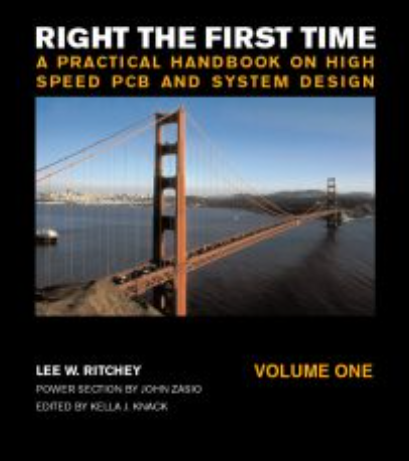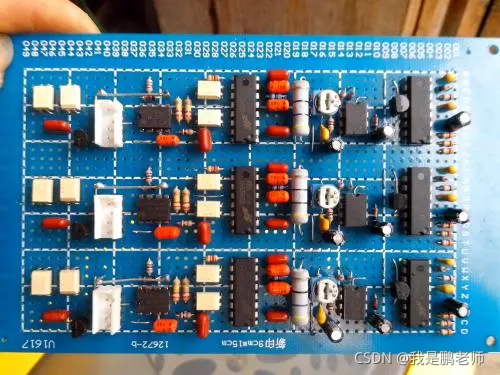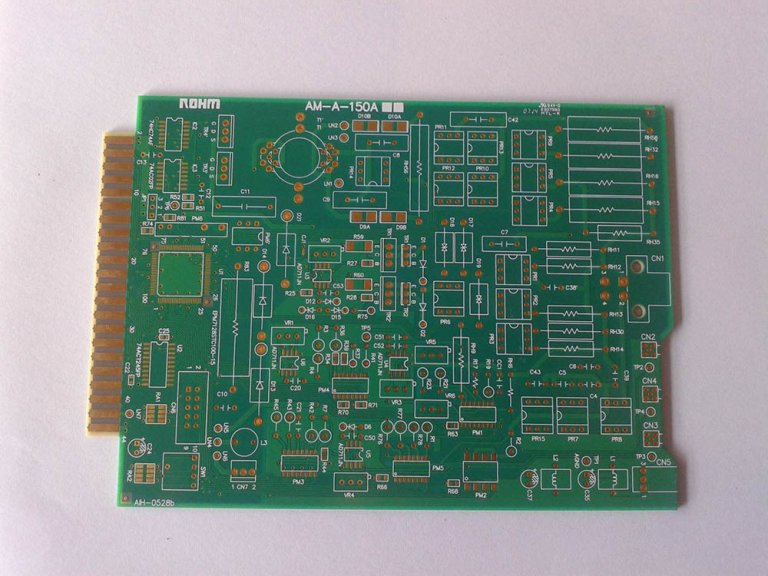a practical handbook on high speed pcb and system design
“High-speed PCB and System Design Practical Handbook: A Comprehensive Guide from Theory to Practice”
“High-speed PCB and System Design Practical Handbook: A Comprehensive Guide from Theory to Practice” is a book designed to provide comprehensive guidance for engineers and designers, covering all aspects from basic theory to practical application.
First, this book introduces the basic principles of high-speed PCB design in detail, including key concepts such as signal integrity, power integrity, and electromagnetic compatibility.
These theoretical knowledge is the basis for understanding and solving common problems in high-speed circuit design.
Next, the book explores the issue of signal integrity in depth, especially how to maintain signal clarity and accuracy in high-speed circuits.
Through specific cases and experimental data, readers can understand the impact of different materials, wiring methods, and stacking structures on signal transmission. In addition, the book also provides methods for using a variety of signal integrity analysis tools to help readers effectively verify and optimize during the design process.

In terms of power integrity, this book also provides detailed guidance.
Power integrity is one of the key factors to ensure the stable operation of high-speed circuits. The book introduces how to design a low-noise power distribution network (PDN) and how to reduce power noise through decoupling capacitors and power plane design. Through these methods, readers can effectively improve the power integrity of the circuit, thereby improving the performance of the overall system.
In addition, electromagnetic compatibility (EMC) is also an important link that cannot be ignored in high-speed PCB design. This book explains in detail how to reduce electromagnetic interference (EMI) through reasonable layout and routing, shielding and grounding design. Through these measures, readers can ensure that the circuits they design can still work stably in various complex electromagnetic environments.
In order to help readers better apply theoretical knowledge to practical design, this book also provides multiple practical cases and design examples.
These examples cover from simple single-board design to complex multi-board system design. Readers can learn the skills and precautions in practical design through these examples. In addition, the book also introduces a variety of commonly used design software and tools to help readers improve efficiency in the design process.
In short, “High-speed PCB and System Design Practical Handbook: A Comprehensive Guide from Theory to Practice” not only provides rich theoretical knowledge, but also helps readers apply this knowledge to practical design through practical cases and tool use guidance. Whether beginners or experienced engineers, they can get valuable guidance and inspiration from this book to improve their ability and level of high-speed circuit design.






